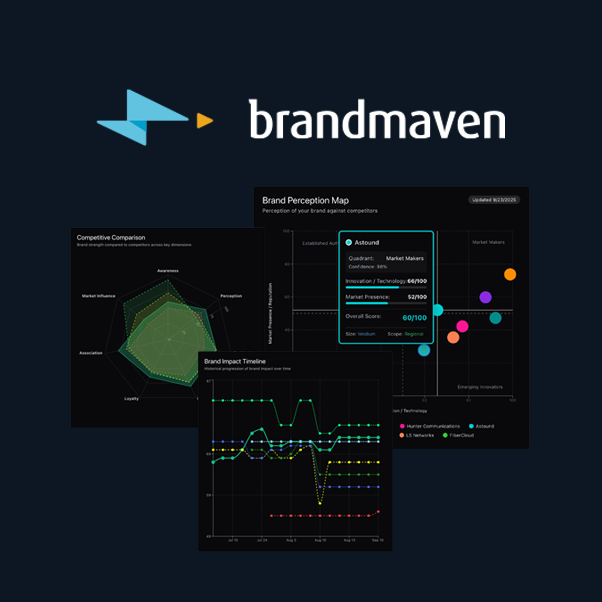Three Trends in B2B Marketing that Make You Think “Hmmmm”
The world of B2B marketing is constantly evolving, and with it comes trends, fads, and hot-button issues. Some spark innovation, while others make you wonder. As B2B tech marketers, it's our job to sift through the noise and identify the ones that matter—those that truly align with creating real human connections between brands and their audiences. Let’s take a closer look at three current B2B marketing trends that make you go, "Hmmmm."
1. AI-Generated Content: The Future or a Formulaic Trap?
The buzz around AI in marketing is impossible to ignore. From generating blog posts to writing personalized emails, AI-driven content creation tools promise to save time and scale efforts. But there’s a flip side to this growing trend. While AI can certainly churn out content faster than a human, it often lacks the emotional nuance that resonates with a real audience.
B2B buyers are more informed and selective than ever, expecting content that doesn’t just inform but connects on a deeper, more human level. Can AI really deliver on that? Sure, it can streamline processes, but relying too heavily on AI risks turning content into a sterile, soulless product that lacks authenticity. The key is balance—using AI to enhance efficiency without sacrificing the human touch that builds trust.
Hmmmm: AI is a powerful tool but can over-using it have negative consequences? Our gut tells us that pumping out AI content, particularly in high-leverage channels, can take over your brand’s voice or your ability to tell a compelling story that connects emotionally.
2. The Over-Segmentation of Audiences: Personalized or Paralyzing?
Everyone knows that personalization is critical in modern marketing. But how far is too far? In the quest for hyper-personalization, some B2B brands are creating such narrowly defined audience segments that they risk missing the bigger picture. Every customer wants to feel understood, but the reality is that over-segmentation can lead to confusion, inefficient messaging, and even contradictory brand experiences.
Think about it—when you slice your audience into too many micro-segments, you run the risk of diluting your message. Instead of creating a cohesive brand identity, you may be delivering fragmented experiences that don’t align across channels. As a result, your brand’s voice and core message can get lost in translation.
Hmmmm: Personalization is crucial, but does over-segmentation and a dozen buyer personas cause brands to lose touch with the broader narrative? We think, yes. A well-crafted message that speaks to shared human emotions can often be more powerful than over-complicated segmentation strategies.
3. The Metrics Obsession: Data-Driven or Data-Dependent?
In B2B marketing, the mantra is often "if you can’t measure it, you can’t manage it." Data has become the backbone of marketing strategies, helping teams measure performance, understand customer behavior, and optimize campaigns. But there’s a growing danger in the over-reliance on metrics.
In our quest for data-driven insights, are we losing the art of intuition and creativity? While it’s critical to track KPIs like conversion rates and ROI, the magic of human connection doesn’t always translate into tidy data points. Sometimes, a campaign’s success is intangible—the emotional resonance it creates with an audience or the long-term brand affinity it builds. Focusing too much on short-term metrics can cause brands to neglect the bigger picture.
Hmmmm: Can metrics overshadow the human aspect of your marketing? We love data but believe in balancing the analytical with the creative to create experiences that engage both hearts and minds.
Strive for a Human-Centric Approach
As B2B marketing evolves, it’s clear that technology and data will continue to play significant roles. But in our quest for innovation, we can’t forget the importance of human connection. Whether it’s resisting the urge to over-automate, avoiding over-segmentation, or focusing too heavily on metrics, the goal should always be to keep the human element at the forefront.




